
- About Us
- Blogs
- Terms And Conditions


- About Us
- Blogs

Ruaha National Park
Destination
Size
About 20,226 square kilometers, making it the largest national park in Tanzania and one of the biggest in Africa.
Location
South-central Tanzania, approximately 130 km from Iringa town.
Accommodation Options
Luxury Lodges, Tented Camps, Fly Camps, Budget Campsites
The Hidden Gem of the South
Solitude. Wilderness. Untamed Beauty.
Ruaha National Park is a vast, remote wilderness where nature reigns supreme. Unlike the busier northern parks, Ruaha offers an uncrowded, raw safari experience. Its rugged terrain is dotted with majestic baobab trees, dramatic escarpments, and winding sand rivers. The park’s name comes from the Great Ruaha River, the lifeblood of the ecosystem, drawing animals during the long dry season and shaping the landscape year-round.
Ruaha is home to an incredible diversity of wildlife, including some of the largest populations of lions and elephants in East Africa. With fewer tourists, the park provides a deeper connection to nature—ideal for those seeking a more exclusive safari experience.
An Untouched Wildlife Wonderland
Ruaha’s remote location means it remains one of Tanzania’s best-kept secrets. During the dry season (June to October), the park becomes a theater of life and death around the drying rivers and waterholes. Massive herds of elephants, buffalo, and antelope gather, pursued by hungry predators like lions, leopards, hyenas, and wild dogs.
Ruaha is particularly known for its large prides of lions, some numbering over 20 individuals, as well as significant populations of endangered African wild dogs. Leopards silently stalk prey along the riverbanks, while cheetahs and jackals scan the plains. The park is also home to rare antelope species like the sable, roan, and lesser kudu, not commonly found in northern parks.
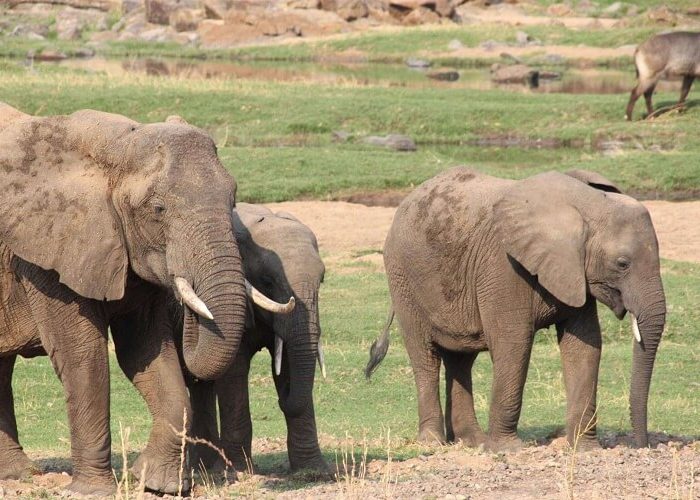
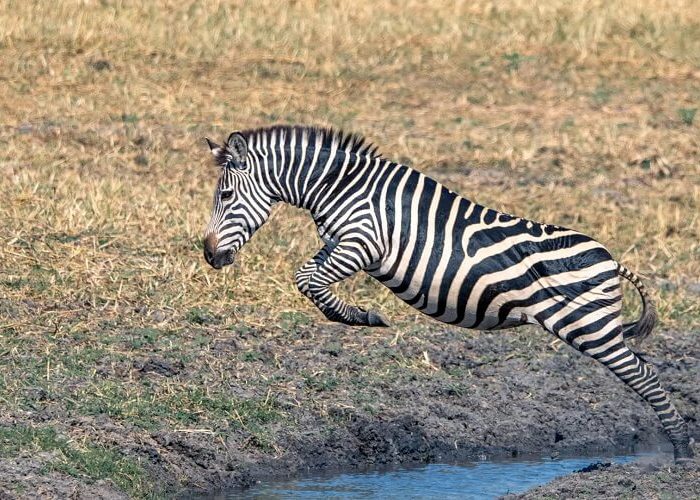
A Haven for Birdwatchers
With over 570 species recorded, Ruaha is a paradise for bird enthusiasts. Its varied habitats from dry baobab woodlands to riverine forests—support a vibrant mix of resident and migratory species.
During the green season (November to April), the landscape turns lush, and many birds are seen in breeding plumage. Migrants from Europe and Asia also arrive, making this the best time for birdwatching.
Species include colorful kingfishers, hornbills, raptors like fish eagles and martial eagles, and sought-after birds like the Tanzanian red-billed hornbill and endemic yellow-collared lovebird.
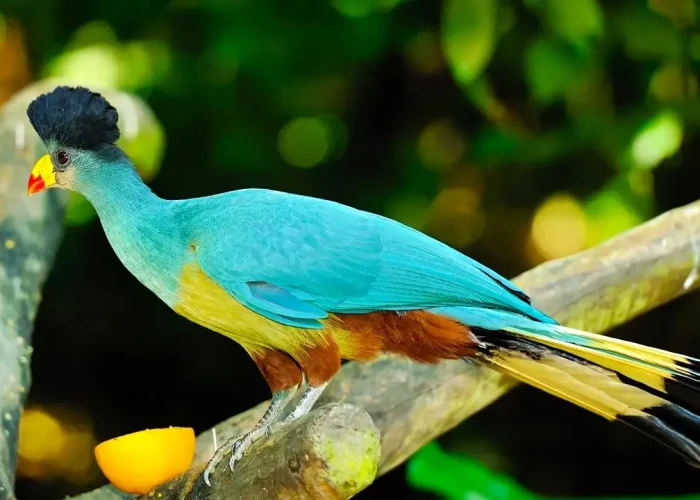
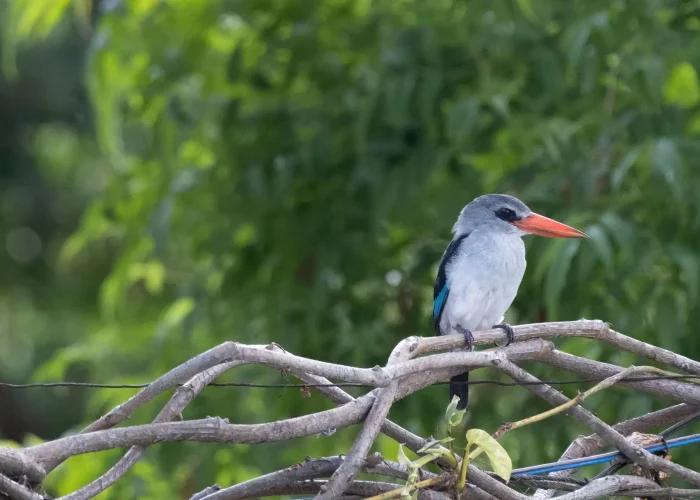
Wild Landscapes and Remote Beauty
Ruaha’s landscape is vast and dramatic—open plains, rocky outcrops, river gorges, and dry forests. The famous baobab trees tower above the savannah, giving a timeless quality to the park.
In the dry season, the scenery is golden and stark, while the green season transforms the area into a lush paradise filled with wildflowers, butterflies, and baby animals.
Photographers and nature lovers are drawn to the untouched scenery, brilliant skies, and the authentic feeling of being deep in the African bush.
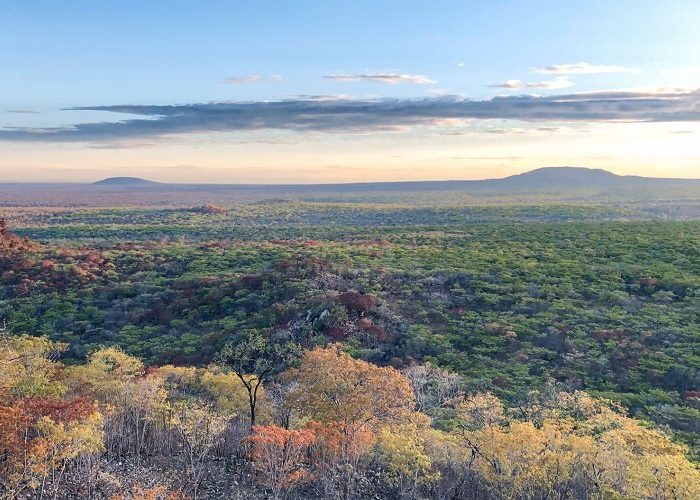

Activities in Ruaha National Park
Visitors can enjoy a variety of immersive safari experiences:
Game Drives: Both full-day and half-day drives offer excellent chances to see predators, large mammals, and rare antelopes.
Walking Safaris: Led by experienced guides and rangers, these safaris bring guests closer to nature—perfect for exploring smaller details and animal tracks.
Birdwatching Safaris: Especially rewarding during the wet season, birding here is among the best in Africa.
Cultural Tours: Nearby communities, including the Hehe and Barabaig tribes, offer insights into traditional life and local customs.
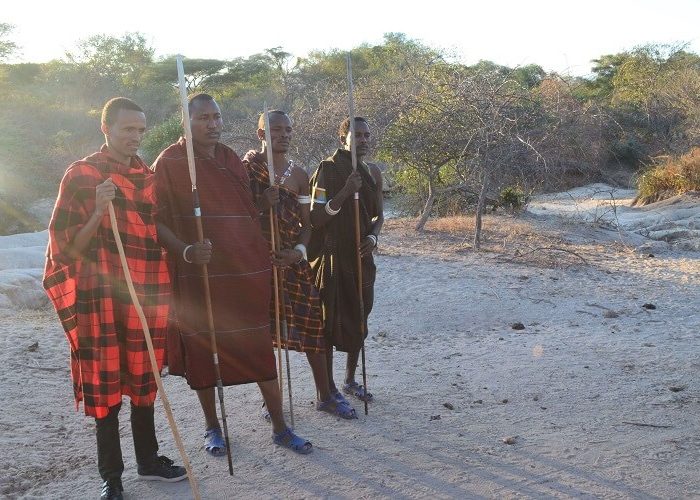
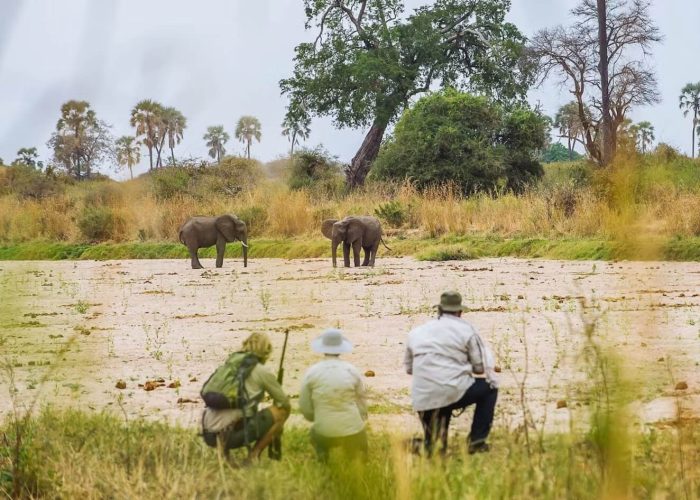
Accessibility
By Road: Ruaha is about 10 hours from Dar es Salaam via Iringa, suitable for adventurous road trips.
By Air: Regular charter and scheduled flights are available to Msembe Airstrip from Dar es Salaam, Arusha, and other major cities.
Why Visit Ruaha?
Tanzania’s largest and most remote national park
One of the best places to see large predators, especially lions and wild dogs
Rare and beautiful antelope species not seen in the north
Spectacular birdlife with over 570 species
Peaceful and uncrowded—ideal for off-the-beaten-path safaris
Breathtaking scenery and authentic wilderness experience
best time to visit Ruaha National Park
The best time to visit Ruaha is during the dry season (June to October), when wildlife gathers around water sources and is easier to spot. This period offers excellent game viewing, especially for elephants, lions, and rare antelope.
The green season (November to April) brings lush scenery, vibrant birdlife, and fewer tourists, though some areas may be harder to access due to rain.
Where the Wild Comes Alive
Other Safari Destinations
Discover our handpicked African safari experiences, tailored to your journey. Whether it’s a romantic escape or a family adventure, every trip is crafted to match your dreams and schedule.
- Lake Manyara National Park
- Serengeti National Park
- Ngorongoro Crater
- Tarangire National Park
Reviews from Our Clients
EXCELLENTVerified Breathtaking experiences, trustworthy agency that responds to every personal request. Everything top We did a 7 day private safari in the jeep. John our driver took us safely through the most rough roads and Joseph as a guide really made everything possible and brought country and people closer and we saw and experienced more than the big five first hand. The trip went smoothly and the accommodations were good. It is important that they are not far away from the route, as for the roads detours of only 20 km mean 1-2 hours of driving time....We have booked everything from Germany by mail and after a deposit paid the trip on site in arusha. We had a lot of fun and incredible experiences. ExperiencesVerified Amazing experience My experience with Astro Safari was fantastic, we did a 24h Safari between Saturday and Sunday and it was an incredible experience that I recommend to everyone. The guide and the food were excellent and I couldn't have asked for betterVerified THE MOST BEAUTIFUL EXPERIENCE OF MY LIFE It was the best experience of my life. A special thanks to our guides, they have been amazing to us. I stayed just two nights and three days but we saw all the animals of the savanna! The hardest animal to see for us was the lion, but our guides tried since the last moment to find them, and finally after some hours, we saw two beautiful lions laying under a tree , it was amazing. The food was great and also the tent was very comfortable. At the end of the experience, while we were leading out of the Serengeti park, we saw the most incredible thing: many baby lions with their moms and they dads. I strongly recommend this company, they have been very kind and friendly to us, it was amazing and I am very thankful to them.Verified Amazing safari We had an amazing time on our two day, one night safari in the Serengeti National Park. The trip was well organised, and we saw so much wildlife! The food provided was very good and a great mix of different things. The accommodation was comfortable and clean. Overall an excellent budget-friendly safari. Thank you very much to our driver and ‘Mr Buffalo’! I would definitely recommend Astro Safaris!
Any Question








Explore Astro
Our Dream Vacation
Day Trips (Short Safari)
Top Experiences
